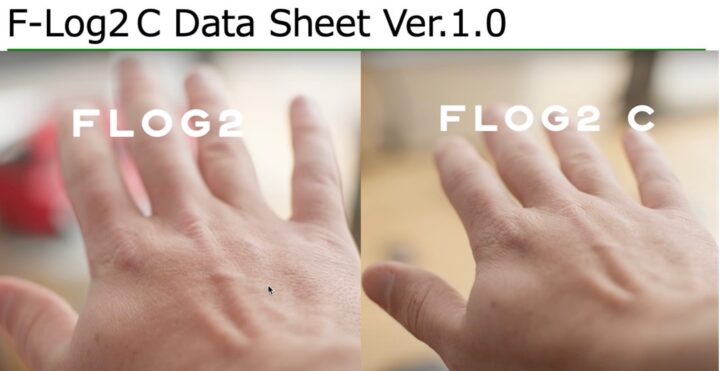Fujifilm X-M5 Reviews: “Autofocus is Way Better than What YouTube Has Been Talking About”
Petapixel reviewed the Fujifilm X-M5. Regarding Autofocus they say:
- comparing to Canon EOS R10, because that’s one of their favorite cameras as far as autofocus on APS-C goes at the same price
- not quite the same hit rate of the Canon, but actually surprisingly close
- in this price range there is nothing out there that gives you 10 bit, Log recording with 6.2K open gate
- pre-production X-M5 had issue with focusing on the background. Production sample is much better but it can still be an issue
- overheating: impressing performance for such a small camera body. And you can even use the Fan accessory for even better performance. Extremely impressive
- probably the most capable video camera at that price
More reviews below.
AF Better than What YouTube is Talking About?
The first of Pav SZ looks actually very good in terms of Autofocus.
You can see the X-M5 keeps tracking the subject even when other people enter the frame. It had a few occasions in which the person turned around and it focused on the shoulder instead of the back of the head.
But as we reported and you can see here, also the Sony A1II (which costs $6,500) exhibits the same uncertainty every now and then. So if a $6,500 Sony camera can mistake a shoulder for an eye, then also the $800 X-M5 should be allowed to do that rarely.
Godwin Isaac (video below), was a bit worried about the X-M5 autofocus, given all the autofocus sh*tstorm YouTube is throwing on Fujifilm autofocus. But he says “autofocus is way better than what YouTube is talking about“.
So why is that? Why are so many people happy with the autofocus?
Pav SZ says that if you use it in real life shooting conditions, it will work just fine. But if you set it up for failure in rather tricky and unrealistic test conditions, it might struggle more than in real life use. So that’s his theory.
I Remain Utterly Disappointed ;)
My position remains unchanged: even in the most ridiculous never to happen absurd and unrealistic test conditions, I want Fujifilm cameras to never fail once. I will always be utterly disappointed if in a nonsense test Fujifilm cameras hunt for a fraction of a second. ;)
Of course I am exaggerating. But the truth is I believe there is still room for improvement, and Fujifilm has to work on it. And I am not kidding here: it’s paramount that they keep working on it. Clean up your code, get the algorithm right. And we have actually shared an article which shows in which areas Fujifilm needs to improve (and can improve, since they got it right with other cameras already):
- Fujifilm Autofocus Feedback: Mostly Positive and The Curious Case of the X-T3 (or the Root of All Autofocus Issues?)
- Fujifilm’s Improved Autofocus Tested: “I Fell in Love with the X-H2S again and Will Not Sell it Anymore”
Even more reviews below.


